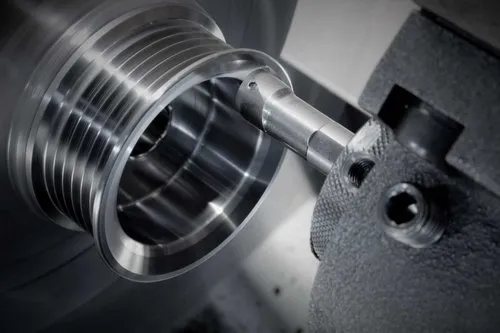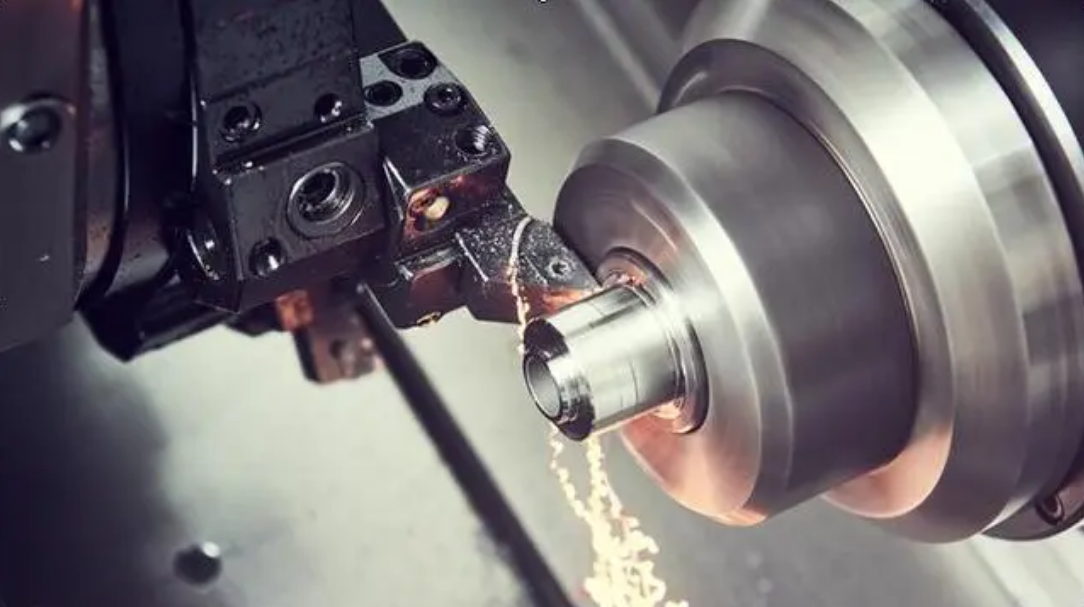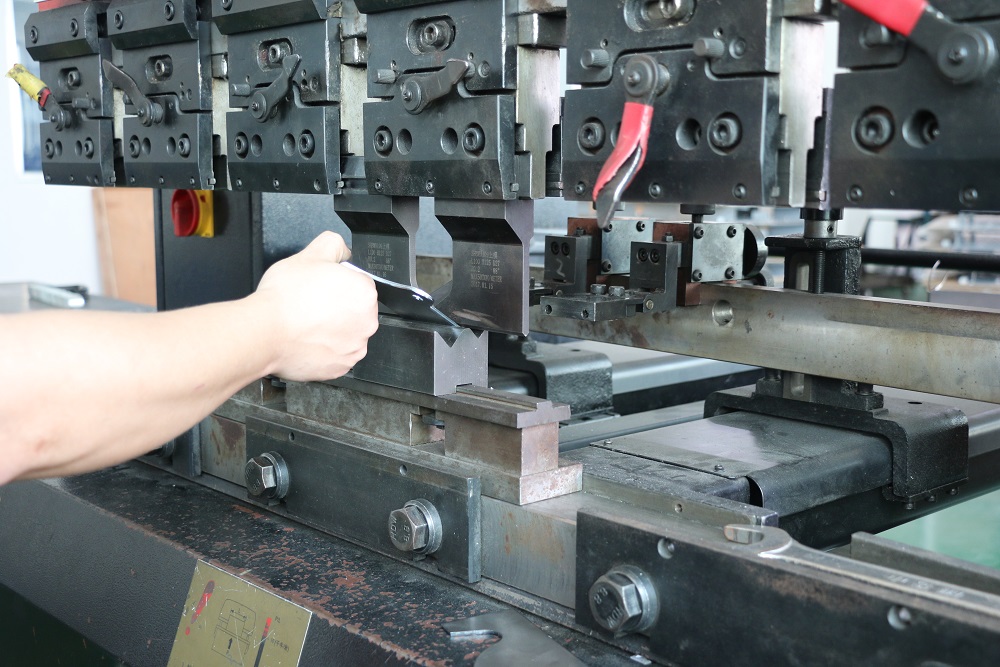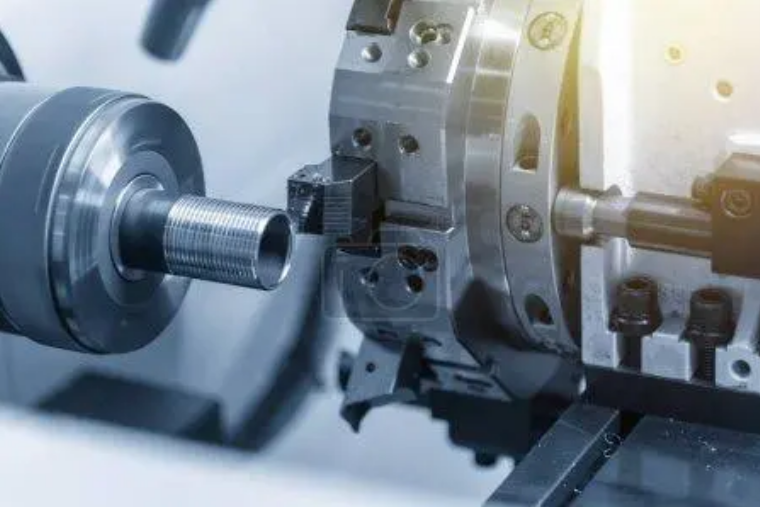CNC machining offers superior precision, efficiency, and automation compared to traditional methods, which rely more on manual skills and are less consistent.
Technological Advancements and Automation
CNC machining is the most critical milepost for manufacturing since its use of advanced technology and automation. Combined together, they led to a significant digital transformation in production’s way. It became more productive and accurate, and both advantages should be referred directly to the use of computer-aided design and computer-aided manufacturing software. They allow engineers to work on complex details of a design and then let the machine follow these exact steps without requiring human intervention. Therefore, while the software requires the overall directions, to choose which detail to create, for example, the machine follows these steps exactly how they were in the blueprint. How It Works
At the heart of the process lies the computer. It is responsible and controls every action and movement of the machine that either creates or alters the part. While the first generates three-dimensional images of what will be produced, the second one creates a bespoke instruction that is sent to the machine to follow up. The whole process can be separated into steps:
Design creation : engineers use CAD software that creates precise 3D model images of the parts needed to be manufactured.
Program development : based on the information given on two steps before, CAM software creates machine-readable instructions that dictate how action should be completed – G-code.
Machine setup : before production starts, the machine is set up with the needed tools and materials to work on.
Execution : the machine does the job it was asked to and transformed the raw materials into part; it was asked to.
The coded system significantly reduces the chance of human error, increases the quality of the products force, and allows the machine to work 24 hours a day. Taking into account that the machine is exceptionally faster than the human counterpart, factories that switched to CNC machinery show a significant increase in the worth of parts it can produce. Traditional Methods
Before CNC the history of manufacturing was linked to human labor that uses tools and machines but did not have such an enormous digital background. Workers manually create and form components, and the whole process temporarily stop when workers wait for the next task.
-
Hand Tool Use: Operations such as cutting and shaping are done using hand-held tools.
-
Assembly: Components are often assembled manually, requiring skilled labor to achieve the necessary precision.
These methods are particularly prevalent in custom or artisanal production, where the unique touch of a skilled craftsperson is valued over the uniformity and speed of automated processes. Comparison of Tolerances and Finish Quality
CNC machining not only speeds the speed up the manufacturing process increases the precision and tolerances of the products being made. CNC machines can achieve tolerances as tight as 0.0005 inches , which is crucial for industries like aerospace and medical devices, where even the slightest deviation can compromise the functionality of a component. On the other hand, traditional methods, although they are often capable of producing high-quality finishes, often struggle to meet these exacting standards consistently. Speed and Efficiency
CNC machining dramatically reduces the time taken from design to production. The direct conversion of digital designs into physical parts eliminates many of the human steps in the process that traditionally introduce delays. To provide a specific example, the same task that takes a day or two with human hands can be completed in matters of hours with a CNC machine. This makes CNC the method of choice for high volume production runs. Cost Implications
While the initial expenditure of CNC machinery is significant, the long-term benefits of reduced labor costs, faster production times, and decreased waste make up for the initial spending. For enterprises that plan to grow, the decision to switch to CNC technology is a strategic one. By contrast, traditional methods may have smaller upfront costs, but prove more expensive in the long run on account of slow production speeds and high labor requirements.
Examples and Case Studies
CNC machining has become the standard in industries such as automotive or aerospace because it allows for the efficient fabrication highly reliable, high performance parts. For example, precision is vital for each part of a vehicle, when it is being fabricated – be it engine blocks or transmission cases in the automotive industry . In the case of aftermarket modification and repair, traditional methods of manufacturing are still sometimes used, as each part needing production is entirely unique, and the piece had to be molded to a specific car, ant taking production efficiency over adaptability makes no sense, because just one part needing replacement might have to be made by completely dismantling both the car and the piece, and this is easier with the hand of a human to conduct operations the machine won’t reliably do. Through these examples, it is clear that the advantages of CNC machining over traditional manufacturing are tremendous, but the decisions over which to use when are not nearly as clear.

Precision and Accuracy
When evaluating the capabilities of CNC machining versus traditional methods, precision and accuracy stand out as some of the most critical. These two parameters directly affect the quality, functionality, and reliability of the final product. It is evident from the comparison that CNC machines outperform traditional processes in these aspects, simply because they are more advanced and employ digital technology.
Comparison
As far as tolerances are concerned, the majority of CNC machines can work to as tight as 0.0005 inches, which is more relevant for aerospace or medical applications where even the smallest deviations can lead to significant functional discrepancies . On the other hand, while still capable of delivering high quality, a hand tool or machinery operated manually could provide between 0.005 and 0.010 tolerance, which is less suitable for situations where precision is a matter of safety. With regard to the surface finish, the contrast is evident as well – a CNC machined product can have a roughness average of Ra 0.025 microns, while traditional roughness would require more work – chief among which are sanding and grinding.
Comparison in Practice
Applications of these technologies provide a clear contrast between them in terms of capabilities.
Aerospace components, such as winglets or landing gear, often need to be produced with extremely tight tolerances for safety-critical application . This requirement can hardly ever be achieved using traditional equipment or hand tools.
Engine parts are also an example from the automotive industry. With regard to these, the precision of CNC machining can be used to produce parts with exact dimensions and smoothliness of finish that contributes to the performance of a vehicle.
Finally, consider applications in art and sculpture. There are always possible arguments in favor of traditional methods when speaking about one-off masterpieces: hand crafting is better at providing the personal touch in art. However, for replicable, precise, and complex designs, CNC machining can present a three-dimensional sculpture as thoroughly and accurately as the artist created it.
Detailed Table Comparison
To further illuminate the differences in precision and accuracy between CNC machining and traditional methods, consider the following detailed comparison:
| Aspect | CNC Machining | Traditional Methods |
|---|---|---|
| Tolerance | +/- 0.0005 inches (0.0127 mm) | +/- 0.010 inches (0.254 mm) |
| Surface Finish | Ra 0.025 microns (excellent smoothness) | Requires additional finishing |
| Repeatability | High (consistent dimensions across multiple parts) | Low (varies with individual skill) |
| Setup Time | Quick digital setup | Lengthy manual setup |
| Production Speed | Fast (hours or less per part depending on complexity) | Slow (days for complex parts) |
| Material Waste | Reduced due to precision and programming | Higher due to less precise cutting |
| Flexibility | High (easy to reprogram for new designs) | Low (requires retooling and setup changes) |
| Skill Required | High technical skill for programming | High craftsmanship skill |
To sum up, the given manufacturing technique is rated by its precision and efficiency. It is noteworthy that these aspects are especially important today because they are characteristic of the needs of contemporary industrial jobs. Although in some cases the traditional method might still be works, it will not be able to meet the demands of such tasks as mass production and required tolerances. Therefore, it is vital that the choice is made according to the specific project features.
Speed and Efficiency
The technology of computer numerical control machining has deeply affected the industry by improving the overall production processes’ speed and efficiency. The primary advantage of CNC machining is that it enables work through all hours of the day. Continuous Factory Lines for the production of goods are vital for the industry’s needs. CNC machining enables this due to the speed of production, maintenance schedule, and quick repairs. The technology allows reducing lead time. The construction of a CNC machine enables concurrent finishing and turning of metals, while other machines require standalone operations for turning and finishing . The reduction of the waiting time between the use of a different machine for finishing saves time and raw material. The waste in waiting time between separate machines is reduced with CNC .
Mass Production
There are numerous advantages to using CNC machining for mass production. Once the machine is set up, the process is streamlined and allows for continuous production with very little variance in quality. CNC machines can be left to run day and night, and only stopped for maintenance and tool changes. CNC programming does not require multiple adjustments throughout the process; the tool can be set up to perform the needed tasks. When compared to mass production techniques that were used before the implementation of CNC technology, the advantages are substantial. The production process before required a tool and die maker to create separate dies for each part that the mass production of products required. Separate machines were then used with different adjustments for each part produced. This process took longer than using CNC machines and resulted in more waste.
The above-discussed differences between CNC and traditional techniques have allowed CNC to have a positive impact on the economy and the environment. Modern production relies on CNC machines because of reduced production time, reduced scrap generated, and timely delivery of goods. The key advantage of using CNC technology to reduce waste is specifically important as it increases the industry’s profitability and sustainability.
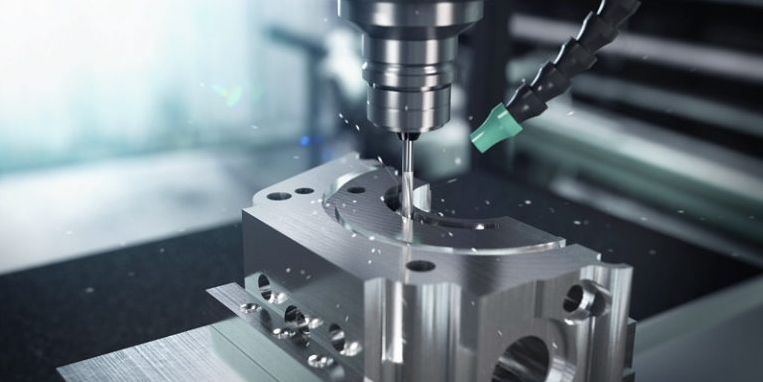
Cost Implications
The financial implications of CNC machining versus traditional manufacturing techniques refer to investments required to establish this business, but also to long-term savings due to the increased efficiency and high production capacities of CNC. The following is an overview of both upfront expenses and final savings.
Initial Investment and Long-term Benefits
The machines used for CNC require a large initial investment. On the one hand, such expense may exceed $50,000 for relatively simple machines, and it might be over $500,000 for complex machines with additional functions. This cost is not just large – it is the cost of the production of goods using a relatively new method, and this cost is incurred before any profit can be generated (Mitchell, 2019).
On the other hand, the cost of labor is significantly lower for CNC production because the machines are largely automated, and they do not require multiple operators. These operators can look after several machines during the process, and they only need to check on the operation and maybe change tools, while the work is done by the machine. In such cases, the cost of labor can amount to less than the cost of labor in traditional production methods.
In addition, CNC machining reduces the cost of additional special tools required for traditional equipment. The tools required for traditional equipment are of a lower variety and quality, while CNC machines can be used for various products if set up correctly, and they do not require a large number of additional tools that may be added to the cost.
At the same time, CNC machines may cut with a greater precision, which may reduce the cost of additional material used for cutting. This savings can be especially substantial for expensive material, as the waste can be cut as they are much easier to use or sell when they are not cut to excessively small fractions. Overall, the cost-cutting ability of machines indicates that CNC is more beneficial.
In addition, the speed of production is much higher with CNC because the machines are always accurate eliminating the additional cost of finished products that are of a low quality and should not be reworked to avoid waste of raw materials. For these reasons, CNC machining is a much more cost-effective method of productions, and the initial investment is justified by the long-term savings, which make production less expensive.

